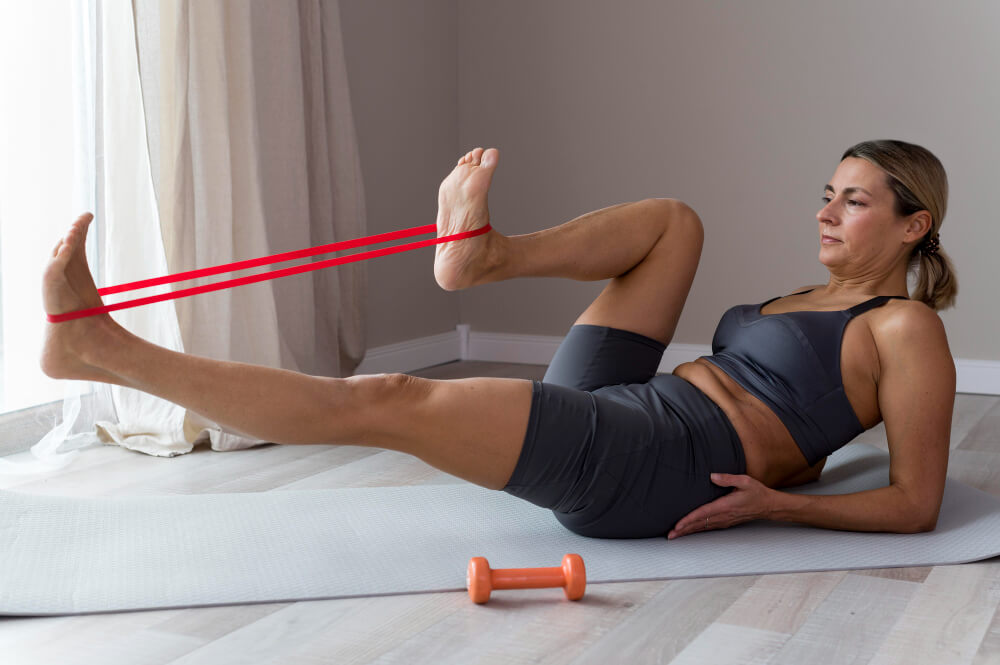Orthopedic Doctor: Your Partners in Torn Cartilage Recovery
Cartilage is a tough, flexible tissue that cushions the ends of bones in joints. When cartilage tears, it can cause pain, swelling, and limited range of motion. Torn cartilage is a common injury that can affect various joints, including the knee, shoulder, and ankle. Orthopedic surgeons specialize in diagnosing and treating torn cartilage injuries, offering a range of treatment options to help patients recover and return to their normal activities.
Common Types of Torn Cartilage Injuries
Torn cartilage can occur in various joints, including:
Knee Joint
- Meniscus Tear: The meniscus is a C-shaped piece of cartilage that acts as a shock absorber between the thighbone and shinbone. Tears in the meniscus can cause pain, swelling, and difficulty with weight-bearing activities.
- Anterior Cruciate Ligament (ACL) Tear: The ACL is a ligament that connects the thighbone to the shinbone. A torn ACL can cause instability in the knee joint.
Shoulder Joint
Rotator Cuff Tear: The rotator cuff is a group of muscles and tendons that stabilize the shoulder joint. A tear in the rotator cuff can cause pain, weakness, and limited range of motion in the shoulder.
Ankle Joint
Ankle Sprain: A sprain occurs when the ligaments in the ankle are stretched or torn.
The Role of Orthopedic Doctor
Orthopedic surgeons play a crucial role in diagnosing and treating torn cartilage injuries. They can:
- Conduct a Physical Examination Assess your range of motion, strength, and pain levels.
- Order Imaging Tests Use X-rays, MRI, or CT scans to diagnose the extent of the tear.
- Develop a Treatment Plan Create a personalized treatment plan tailored to your specific needs.
Non-Surgical Treatment Options
In many cases, non-surgical treatments can effectively manage torn cartilage injuries. These treatments may include:
- Rest and Ice Resting the injured joint and applying ice to reduce swelling and pain.
- Physical Therapy Exercises to strengthen the muscles around the injured joint and improve range of motion.
- Medications Pain relievers and anti-inflammatory medications to reduce pain and inflammation.
Surgical Treatment Options
In some cases, surgery may be necessary to repair or remove torn cartilage. Common surgical procedures include:
- Arthroscopic Surgery A minimally invasive procedure that involves making small incisions and inserting a tiny camera and surgical instruments.
- Meniscus Repair Repairing a torn meniscus using stitches or other techniques.
- Meniscectomy Removing a portion of the damaged meniscus.
- Open Surgery A traditional surgical procedure that involves a larger incision.
- Ligament Reconstruction Repairing or reconstructing a torn ligament, such as the ACL.
Rehabilitation After Surgery
Rehabilitation is an important part of the recovery process after surgery. Physical therapy can help you regain strength, flexibility, and range of motion.
- Physical Therapy Exercises Your physical therapist will prescribe exercises to help you recover.
- Gradual Return to Activity You will gradually increase your activity level over time, starting with gentle exercises and progressing to more challenging activities.
- Follow-up Appointments Regular follow-up appointments with your orthopedic surgeon are important to monitor your progress and address any concerns.
Preventing Torn Cartilage Injuries
While it is not always possible to prevent torn cartilage injuries, there are steps you can take to reduce your risk:
- Warm-Up and Cool-Down Warming up before activity and cooling down afterward can help prevent injuries.
- Proper Technique Using proper form and technique during sports and other activities can reduce the risk of injury.
- Strengthening Exercises Strengthening the muscles around the joints can help protect them from injury.
- Protective Gear Wearing appropriate protective gear, such as knee pads and helmets, can help prevent injuries.
- Avoid Overuse Listen to your body and avoid overtraining.
Conclusion
Torn cartilage injuries can significantly impact your quality of life. By seeking prompt medical attention and following your doctor’s recommendations, you can recover from your injury and return to your normal activities. Orthopedic surgeons play a vital role in diagnosing and treating torn cartilage injuries, helping you regain your mobility and improve your overall well-being.
Reach out to our clinic for expert Orthopedic doctor for Torn Cartilage prevention and treatment solutions (214) 949-8918 Or Visit us https://specialtycareclinics.com/


